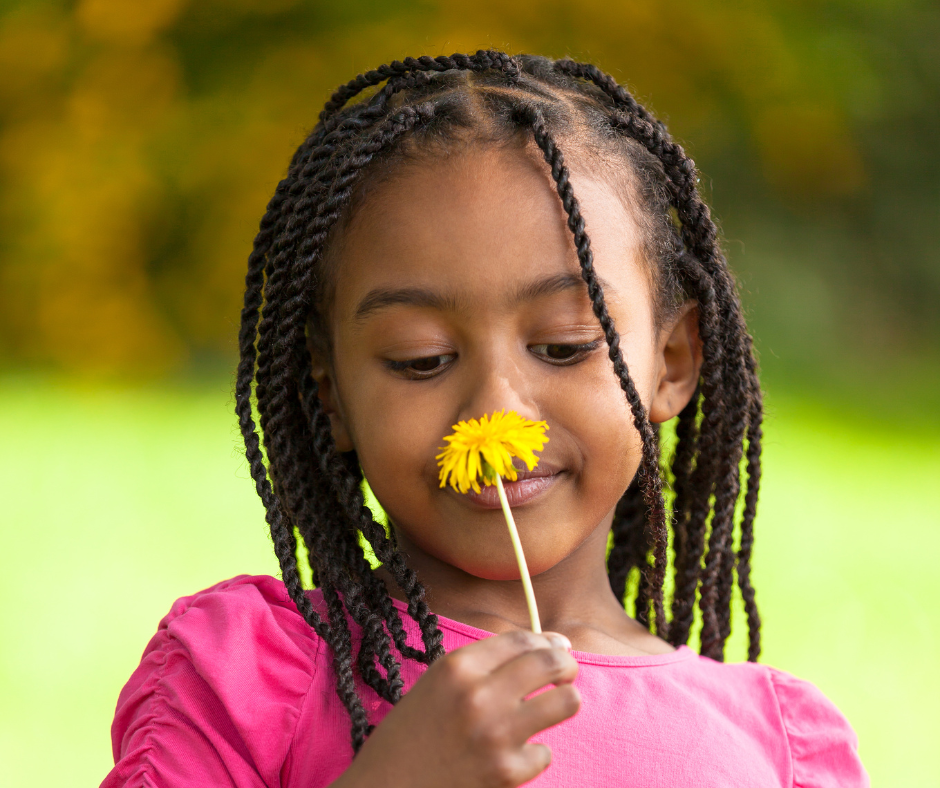3 Grounding Techniques for Nature Lovers

Anxiety can feel like riding shotgun with an air show pilot. Like being involved in aerobatic stunts over which I have no control. During anxious times, we need that pilot to chill out and land the plane. We literally need to be grounded. Grounding techniques help shift the focus from worries to the present moment. Grounding is also an effective preventative measure. Regular practice of grounding is calming and counteracts the inclination toward spiraling out of control.
What is Grounding?
The University of New Hampshire defines grounding as "a technique that helps keep you in the present and helps reorient you to the here-and-now and to reality." Grounding is a way to soothe yourself when you experience overwhelming feelings, stress, or anxiety.
Grounding is an effective technique that can be enhanced in nature. Here are three ways to attune to the present moment through grounding while outside.
Earthing

I actually just learned this term a few years ago but I've been doing it my entire life. Basically, it means connecting your body to the earth. Walking barefoot is an example of this. I do that as much as possible.
It is believed that the connection between our bodies and the earth’s electrons boosts the immune system, improves sleep, and reduces stress. There's much I'm still learning about the earth’s electrons but I do know that when my feet come in contact with grass I’m transported to my childhood and a simpler, less anxious time of doing barefoot cartwheels in the front yard until I was dizzy. While I have not maintained my ability to do endless cartwheels, the joy of those memories remains. Earthing techniques include:
- Walking barefoot on the natural ground such as grass or sand.
- Lying on the natural ground when it's safe to do so.
- Wading or swimming in a clear lake or ocean
5-4-3-2-1 Technique

The 5-4-3-2-1 technique consists of acknowledging five things you see; four things you can feel; three things you hear; two things you smell; and one thing you taste. This technique is helpful for people experiencing anxiety or panic attacks. It helps to bring your awareness to your physical surroundings and ground you in the present moment.
I find that it is a helpful exercise to practice even when I don’t feel the pangs of anxiety. It’s a form of mindfulness I like to do outdoors. Today while outside I took a few moments to observe the following:
- Sight: grass, a bird with a worm, flowers, bags of soil, and lettuce
- Touch: grass beneath my feet, the breeze, raindrops, and soil on my hands
- Sounds: birds, lawnmower, and a bus
- Smell: wood chips and rain
- Taste: chives (chive flowers fresh out of the garden are my recent favorite and weird snack)
Move Your Body

If you find yourself spending a lot of time in your head it's probably time to move your body. Physical movement is a good way to, as my friend says, “get back into your body.” Movements can, but don't have to be rigorous. Some ways to ground yourself through physical activity outdoors are:
- Go for a walk, run, or roll. Even a five-minute walk releases endorphins that promote relaxation. There are benefits for those who use wheelchairs and walkers as well.
- Do yard work. Bending to plant, pushing a lawn mower, and lifting bags of soil can be outdoor grounding activities.
- Play. Take a cue from your kids and play. Join them in a game of tag or catch.
There are many ways to bring awareness to the present moment and surroundings. It’s an added bonus when those surroundings and moments are filled with a bit of nature.
Which of these will you try this weekend? Let me know in the comments below.
Categories: : Family Wellness
 Nikki Weldon
Nikki Weldon 
